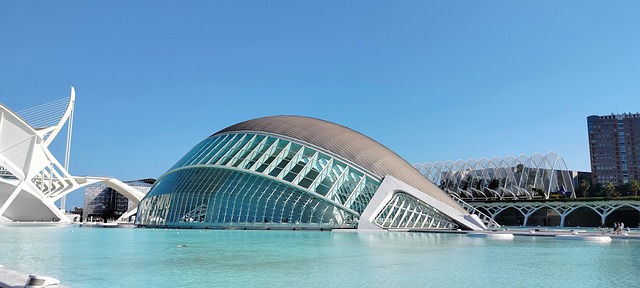The evolution of technology has given rise to a new era defined by immersive inventions, which are transforming how we experience both our physical and digital worlds. At the forefront of this revolution are virtual reality (VR) and augmented reality (AR), two pillars that are redefining immersion in startling ways.
Virtual reality allows users to step into entirely different realms, creating experiences that feel astonishingly real. When you don a VR headset, the boundaries of the physical world dissolve, placing you in a meticulously crafted environment where the possibilities are as vast as your imagination. Whether you’re exploring fantastical worlds, engaging in intense gaming scenarios, or even attending virtual gatherings, VR facilitates an unparalleled depth of engagement that deepens our connection to experiences unlike anything we’ve encountered before.
On the other hand, augmented reality enriches the real world by overlaying digital information onto our physical surroundings. With just a smartphone or AR glasses, we can enhance our perceptions and engage with the world around us in meaningful ways. Imagine walking through a city as interactive elements pop up on your screen, providing historical context, navigational aids, or artistic enhancements. This layer of digital interaction fosters a new appreciation for our environment, encouraging us to view familiar spaces through an innovative lens.
Both VR and AR are essential components of the metaverse—a collective, immersive network of virtual environments. The metaverse represents a convergence of technology, social interaction, and creativity, where users can not only explore but also create and socialize in a shared digital space. Picture participating in a concert where the musicians and audience are scattered worldwide, yet everyone shares the same vibrant digital landscape. The ability to connect, collaborate, and innovate in this boundless ecosystem makes the metaverse a pivotal advancement in our understanding of community and interaction.
As we navigate these immersive inventions, we must ponder not just the functionality but also the impact on our culture and social relationships. The blending of digital and physical realms offers remarkable opportunities for learning, entertainment, and personal expression. Yet, it also raises questions about privacy, mental health, and the nature of reality itself. How will our increasing reliance on these technologies shape our day-to-day lives and interactions with others?
Ultimately, the journey into these immersive inventions is just beginning. As we continue to unlock the potential of VR, AR, and the metaverse, we find ourselves at the intersection of technology and humanity—where the scope of imagination knows no bounds. Each innovation invites us deeper into a narrative that intertwines existence with digital creativity, challenging us to redefine what it means to be present in an increasingly connected world. Embracing this evolution is not merely about technology; it’s about understanding the essence of our experiences in spaces both real and imagined.



